A third of child sexual abuse cases substantiated by the Anglican Church resulted in no action against the perpetrator, a new study has found.
Anglican Primate Archbishop Phillip Aspinall on Wednesday released the results of a research project designed to help the church strengthen its child protection protocols.
The study was welcomed by victims group Adults Surviving Child Abuse (ASCA), although the organisation said it remained to be seen whether the church would stand by victims over time.
The report, received by Anglican leaders at a meeting in Sydney at the weekend, examined 191 alleged cases of child sexual abuse reported between 1990 and 2008 from 17 dioceses around Australia.
It found most reported cases were substantiated.
But of the substantiated cases, 34 per cent resulted in no action by the church, while 22 per cent went to court, and 31.5 per cent resulted in disciplinary action.
The report said the fact that, on average, abuse was not reported until 23 years after it occurred meant many perpetrators died before any action could be taken, or too much time had passed to make a clear determination of what had happened.
It said 24 per cent of the accused were dead by the time the complaint was made to the church or died during the investigation.
The study found three-quarters of complainants were male, most aged 10 to 15 at the time of abuse.
Most of the accused were clergy or youth workers and most abuse took place at the homes of the perpetrators or on church premises.
Dr Aspinall said the report would not only strengthen the church's child protection protocols, but was a reminder of the "tragic events of the past and of the pain which still exists".
"We reiterate our apology, our sorrow and our deep regret for abuse which has occurred," he said.
ASCA director Michael Salter said the report signalled a refreshing move away from the previous emphasis of the church on legal risk minimisation and offers of small amounts of compensation in an attempt to forestall lawsuits.
"The authors of the report acknowledge that the Anglican Church has a responsibility to address the long-term needs of survivors of clergy abuse," he said.
"The degree of chronic disability and distress in the lives of victims of clergy abuse is disturbingly high.
"It remains to be seen whether the Anglican Church is willing to invest the time and money required to meet the needs of adults who have suffered clergy abuse as children," Mr Salter said.
AAP
Archbishop Freier welcomes public release of report on past cases of child abuse
 Wednesday, 17 Jun 2009
Wednesday, 17 Jun 2009“As a church leader, I am appalled by past abuses, and once again I offer my profound apologies for the deep hurts suffered by the victims of abuse."
Executive summary
Child sexual abuse occurs in all parts of society.Organizations such as schools and youth clubs that work with children
and young people are especially vulnerable. Churches, wich have an extensive
range of activities involving children and young people, are no exeption.
At the 2004 General Synod the Anglican Church of Australia took a proactive approach to the issue of child protection and put in place a number of strategies to improve policies and practices concerning child protection around the country. As part of this effort, the Professional Standards Commission requested a report on the nature and extent of reported child sexual abuse by clergy and church workers,
including volonteers, since 1990.
The study excluded Church schools and children’s homes.Professor Patrick Parkinson and Emeritus Professor Kim Oates, both from the University of Sydney, were asked to conduct this study with the help of research assistant, Amanda Jayakody.
The aims of this reaearch study were to:
- understand the characteristics of accused persons and complainants and the circumstances of the offence.
- ascertain patterns of abuse in relation to simularities or differences in gender and age of the child complaints.
- inform the Church on what steps could be taken towards better prevention of sexual abuse within church communities.
The report analyses 191 alleged cases of child sexual abuse, reported from 17 dioceses throughout Austalia between 1990 and 2008 to see what lessons can be learned to improve efforts at child protection. This represents most, bur not all of the reported cases across Australia in that period.
The key findings were:
- Unlike the patterns of abuse in the general population, three quarters
of complainants were male and most were betweens the ages of 10 to 15 at the time of the abuse.
- Most accused persons were either clergy or were involved in some form of voluntary or paid youth work.
- There were 27 accused persons with more than 1 allegation in the
sample. These 27 people accounted for 43 % of all cases.
- Ongoing abuse lasting 3 years or more was significantly more common amongst male complainants.
- Most of the alleged abuse episodes occured in the accused person’s home or on church premises. Almost a quarter of the episodes of abuse of girls occurred in the girl’s own home, compared with 7% of male cases.
- There were long delays in reporting offences to the church by the
complainants, with an average delay of 23 years.
- Just over half of the cases were treated as substantiaded by the church
and a third as inconclusive, with erroneaous allegations by the child
complainants being rare.The report concludes with various recommendations to the Church on
improving its child protection strategies in the light of these findings,
and in responding better to complaints of past abuse.
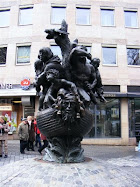
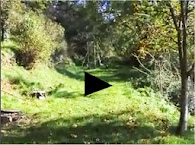
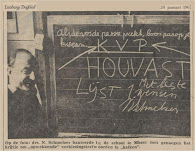


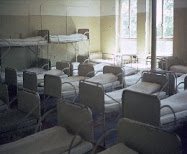






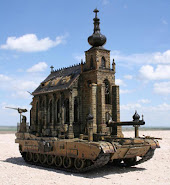
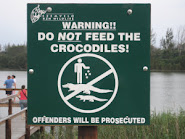


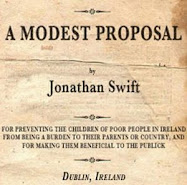


Geen opmerkingen:
Een reactie posten